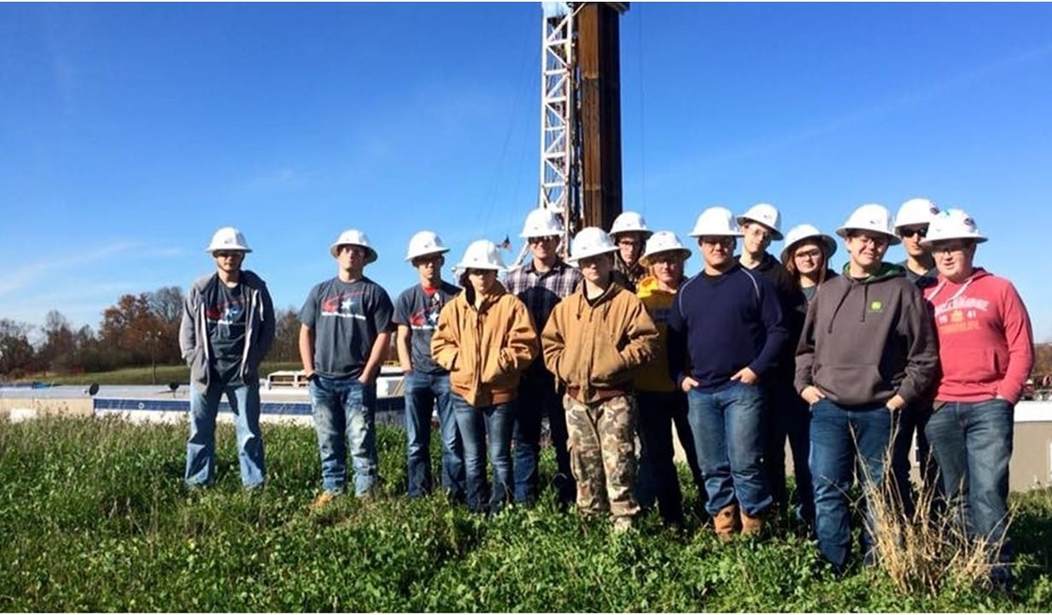The majority of American children attend traditional public schools. However, most public schools follow a college bound curriculum that does not meet the career choices for students not wishing to pursue a college education. Therefore, as the demand for skilled workers in the trades rises, parents are increasingly looking to alternative education choices for their children; one popular choice is charter schools.
Although the number of charter school students is small compared to the current total of 50.4 million attending public schools, their increasing popularity is demonstrated by the doubling of charter school students from 1.3 million in 2008 to 2.6 million in 2014. To handle the increases in demand, the number of charter schools in the U.S. is now at approximately 6,800. These schools are spread across 43 states and the District of Columbia.
The characteristics of charter schools vary from state to state, but basically, a charter school is a publicly funded school that typically has more flexibility over curriculum and teaching methods than traditional public schools. The name derives from the operational charter the school makes with applicable governing authorities.
One example of a specialized charter school is the Utica Shale Academy (USA) in Columbiana County, Ohio. Due to its location, Columbiana County is considered part of Appalachia, sharing a common culture with neighboring western Pennsylvania and West Virginia. This area is active in shale oil production.
USA meets the needs of those students wishing to go on to college studies, but also specializes in training students for careers in the oil and gas industry. USA’s unique focus is clear from its mission statement:
The Utica Shale Academy provides a unique and vigorous learning environment through a specialized academic program which responds to employers’ and industries’ current and emerging and changing global workforce needs and expectations through business/school partnerships.
The school’s overall goal is for students to develop work habits that foster independence, self-awareness, and commitment to personal growth, as well as achieve competency in industry and academic standards. USA’s mission statement is backed by their oil and gas industry centered curriculum. The following is an example of a course in the program:
Introduction to Well Control. This self-paced interactive multimedia program takes a rig hand through the basic concepts of well control in an easy to understand, straight-forward manner. Course objectives include: Well Control Equipment, Units of Measure, Hydrostatic Pressure, Pressure Balance, Causes of Kicks, Controlling the Well, and Restoring the Well.
Other sample courses, each with unique objectives, are:
IADC Rig Pass: A basic orientation of rig operations and safe work practices. (IADC RigPass certificate available).
Introduction to Petroleum Industry DIT: This course is designed for individuals that are interested in a comprehensive understanding of the upstream and downstream operations of the petroleum industry.
Introduction to Petroleum Industry DIT Drilling Focus: This course is designed for individuals that are interested in a comprehensive understanding of the upstream operations of the petroleum industry with a focus on drilling.
Introduction to Petroleum Industry DIT Production Focus: This course is designed for individuals that are interested in a comprehensive understanding of the downstream operations of the petroleum industry with a focus on production.
USA students graduate with a high school diploma, but the school’s specialized and other related courses lead students to a number of certifications necessary to enter the oil and gas marketplace. The photo at the top of the article shows USA students visiting a well site.
USA opened its doors in 2014 with an initial enrollment of 43 students; by its second year, 71 students had enrolled. The oil and gas industry is taking note of USA’s program, which was recently recognized by the trade publication, Pipelines Connection Magazine. More information on the Utica Shale Academy can be found on its website.
Another Ohio charter school, the Ohio Valley Energy Technology Academy (OVETA) in Jefferson County, is a year younger than USA, but has a similar education program tied to the oil and gas industry. In its 2015-2016 annual report, OVETA explains how it meets its educational challenges:
The structure of OVETA is very student driven and provides a blended learning atmosphere that incorporates core courses with added education to prepare students for the workforce…. Students punch a time clock and learn the importance of knowing and keeping a schedule just like on a job site.
OVETA held its first graduation ceremony in May 2016, when five seniors were awarded diplomas.
Charter schools, trade schools, and other forms of nontraditional schools are important parts of the nation’s education system. USA and OVETA are just two specific examples of the many charter schools that are providing nontraditional education to meet the needs of students and parents, as well as the marketplace’s demand for specialized skilled labor.
Additional Information
The following states currently do not allow for charter schools: Kentucky, Montana, Nebraska, North Dakota, South Dakota, West Virginia, and Vermont. Washington and Mississippi allow for charter schools but no schools have yet been created. If you wish more information on your state’s charter school programs and how your state ranks nationally, the National Alliance for Public Charter Schools (NAPCS) provides extensive state-by-state information, including a user-friendly interactive map.
Correction: An earlier version of this article incorrectly stated that OVETA is a dropout recovery school.









Join the conversation as a VIP Member